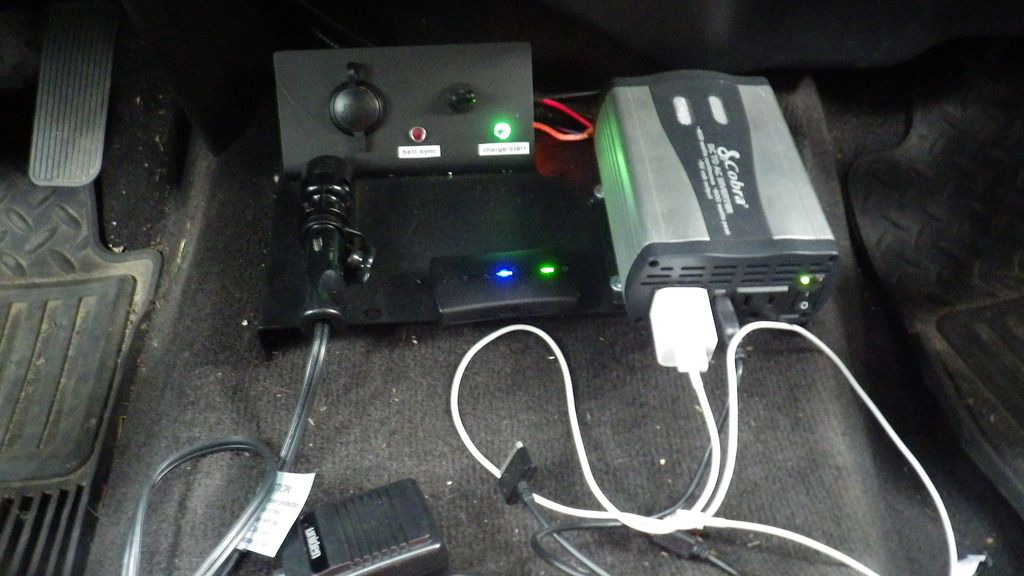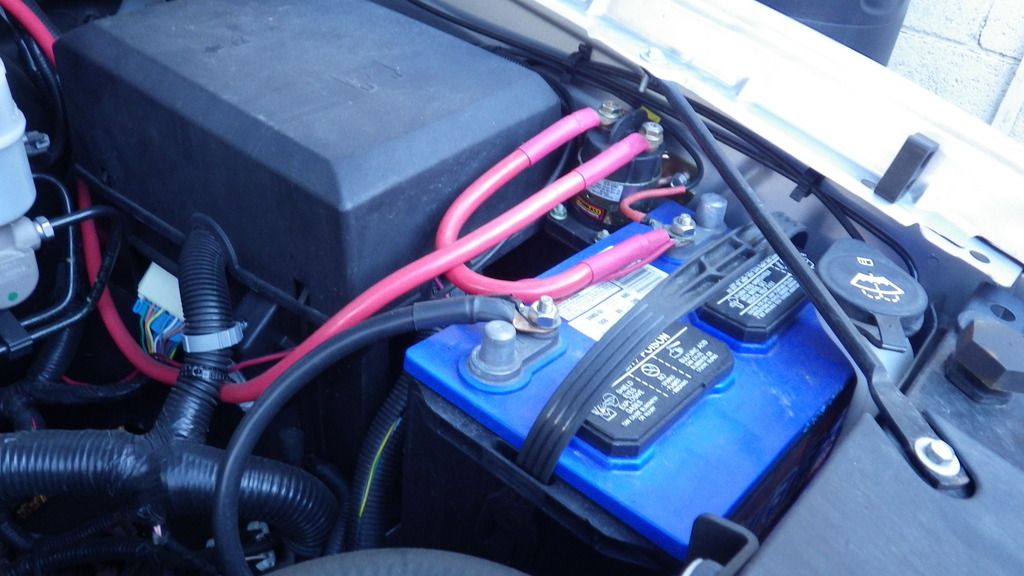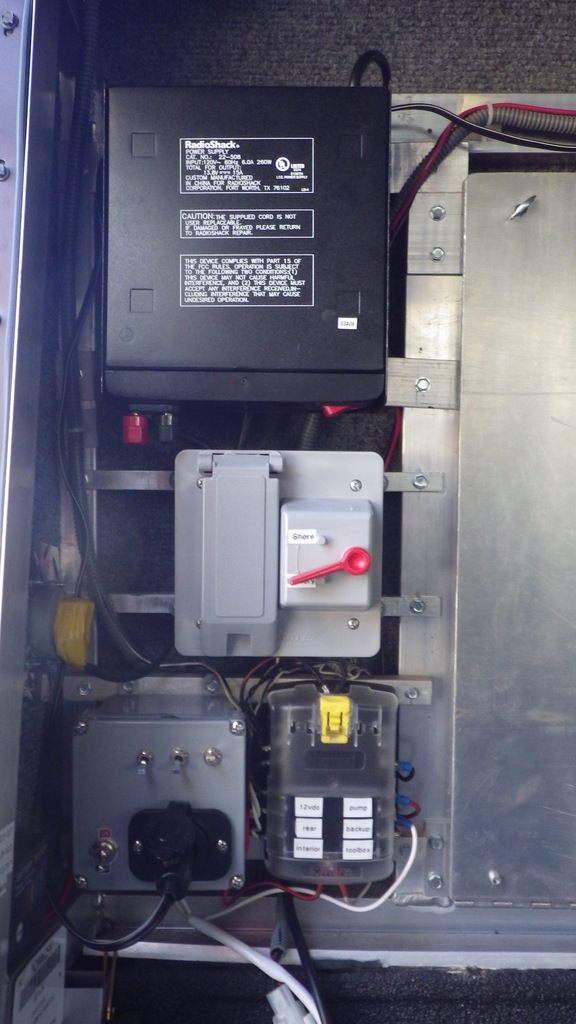DiploStrat
Expedition Leader
Never Used One ...
so I can't comment.
A proper camper power system is not that hard to set up and GM vehicles have better charging systems than most. I find that you always need more power than you have. That said, there is a bit of magic that sets in when you have:
-- 100Ah of usable battery, that is 200Ah of battery.
-- 200w of solar to charge that battery(s), that is about 10-15A available in good sun. This carries your 5A background load and puts another 5A into your batteries.
-- An intelligent relay to make sure that any charge is shared with all of your batteries.
-- A decent inverter/charger so that you have 110v AC AND a powerful shore charger to keep your batteries happy. (And that intelligent relay obviates the need for AMP-L-START or other band aids to keep your vehicle battery happy.)
I suspect that the cost/power of what I am recommending will be reasonable.
so I can't comment.
A proper camper power system is not that hard to set up and GM vehicles have better charging systems than most. I find that you always need more power than you have. That said, there is a bit of magic that sets in when you have:
-- 100Ah of usable battery, that is 200Ah of battery.
-- 200w of solar to charge that battery(s), that is about 10-15A available in good sun. This carries your 5A background load and puts another 5A into your batteries.
-- An intelligent relay to make sure that any charge is shared with all of your batteries.
-- A decent inverter/charger so that you have 110v AC AND a powerful shore charger to keep your batteries happy. (And that intelligent relay obviates the need for AMP-L-START or other band aids to keep your vehicle battery happy.)
I suspect that the cost/power of what I am recommending will be reasonable.




